
If you’ve been prescribed Betoptic (betaxolol) for glaucoma, you’re probably wondering if there’s a better option. Maybe your eyes feel dry, your vision blurs after use, or you’re just tired of the daily routine. You’re not alone. Many people on Betoptic ask: Is there something else that works better with fewer side effects? The answer isn’t simple - it depends on your eye pressure, overall health, and how your body reacts. But comparing Betoptic to its most common alternatives can help you understand your real choices.
What Betoptic (Betaxolol) Actually Does
Betoptic is a beta-blocker eye drop. Its active ingredient, betaxolol, lowers eye pressure by reducing how much fluid your eye produces. It’s not a cure - it’s a long-term management tool. Most people use it once a day, which is one reason doctors still prescribe it. Unlike some older beta-blockers like timolol, Betoptic is considered more selective. It mainly targets the heart’s beta-1 receptors, which means it’s less likely to affect your lungs. That’s why it’s often chosen for people with asthma or mild COPD.
But it’s not perfect. Studies show Betoptic lowers eye pressure by about 15-20% on average. That’s solid, but not the strongest among options. And while it’s gentler on the lungs, it can still cause eye irritation, blurred vision, or a bitter taste in your mouth after use. Some people report fatigue or dizziness, especially if they’re also taking oral beta-blockers.
Timolol: The Older Standard
Timolol has been around since the 1970s. It’s a non-selective beta-blocker - meaning it affects both beta-1 and beta-2 receptors. That makes it more effective at lowering eye pressure, often by 25-30%. It’s also cheaper, available as a generic, and often covered by insurance with no copay.
But here’s the catch: because it affects beta-2 receptors in the lungs, timolol can trigger bronchospasm in people with asthma or COPD. It’s also linked to more systemic side effects - slower heart rate, low blood pressure, and even depression in rare cases. If you have heart issues or respiratory conditions, timolol isn’t usually the first pick anymore.
Still, if you’re healthy and need maximum pressure reduction, timolol remains a go-to. Many patients switch from Betoptic to timolol when their pressure isn’t low enough, especially if cost is a concern.
Prostaglandin Analogs: The New Go-To
Drugs like latanoprost (Xalatan), bimatoprost (Lumigan), and travoprost (Travatan) are now the first-line treatment for most glaucoma patients. Why? They work differently - they increase fluid drainage from the eye instead of reducing production. This means they’re often more effective, lowering pressure by 25-35%.
They’re also once-daily, like Betoptic. But they come with different side effects: darkening of the iris, longer eyelashes, and darkening of the eyelid skin. These changes are usually permanent. Some people dislike the cosmetic effects. Others don’t mind if it means avoiding multiple drops or surgery.
Unlike beta-blockers, prostaglandins don’t affect heart rate or breathing. That makes them safer for people with asthma, heart failure, or diabetes. Many doctors now start patients on a prostaglandin instead of Betoptic, especially if there’s no reason to avoid them.
Apraclonidine and Brimonidine: Alpha Agonists
These are two similar drugs - apraclonidine (Iopidine) and brimonidine (Alphagan P). They reduce fluid production and increase drainage. Brimonidine is used daily; apraclonidine is usually short-term, like after laser surgery.
Brimonidine lowers pressure about 20-25%, similar to Betoptic. But it’s not without issues. It can cause dry mouth, drowsiness, and in rare cases, allergic reactions like eyelid swelling. Kids and elderly patients are more sensitive to its central nervous system effects. Some people report a metallic taste or redness.
Still, it’s a good alternative if you can’t use beta-blockers or prostaglandins. It’s also used in combination with other drops. If you’re already on Betoptic and your pressure isn’t controlled, your doctor might add brimonidine instead of switching entirely.
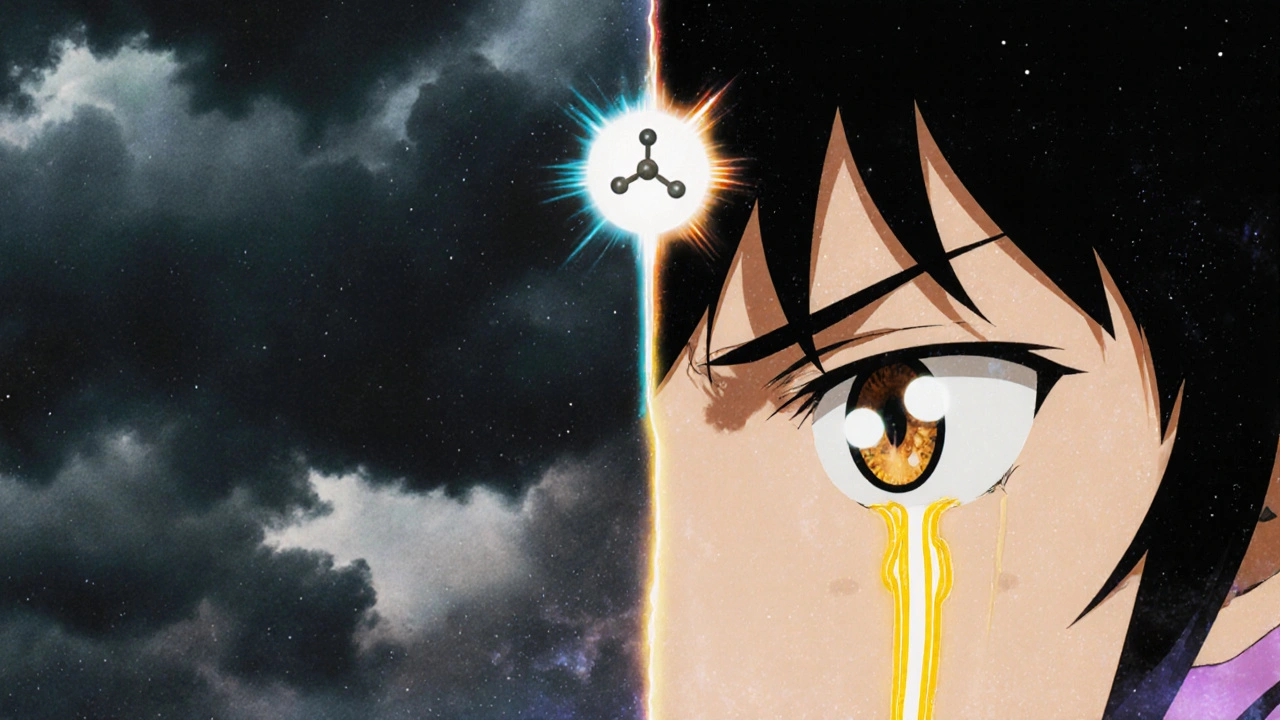
Carbonic Anhydrase Inhibitors: Dorzolamide and Brinzolamide
Dorzolamide (Trusopt) and brinzolamide (Azopt) are oral medications turned into eye drops. They cut down fluid production by blocking an enzyme. They’re usually prescribed as add-ons, not stand-alone treatments.
They lower pressure by about 15-20%, similar to Betoptic. But they’re used twice or three times a day - less convenient. Side effects include stinging, bitter taste, and sometimes blurry vision. People with sulfa allergies should avoid them because they’re chemically similar to sulfa drugs.
If you’re on Betoptic and need a second drop, these are common choices. But they’re not usually first-line because of the dosing schedule and irritation.
Combination Drops: One Bottle, Two Drugs
Many people end up needing more than one type of drop. That’s where combination drops come in. Examples include:
- Betaxolol + timolol (Betimol, no longer widely available)
- Latanoprost + timolol (Xalacom)
- Brimonidine + timolol (Combigan)
- Dorzolamide + timolol (Cosopt)
These reduce the number of bottles you need to manage. But they’re more expensive, and you can’t adjust the dose of each component. If Betoptic alone isn’t enough, your doctor might suggest switching to a combo drop instead of adding another drop.
There’s also a newer combo: netarsudil + latanoprost (Rocklatan). It’s powerful - lowers pressure by up to 35% - but it’s pricier and causes more eye redness and irritation than older options.
Which One Should You Choose?
There’s no single best drug. Your choice depends on four things:
- How high your eye pressure is - If it’s very high, prostaglandins are usually stronger than Betoptic.
- Your overall health - If you have asthma, avoid timolol. If you have heart disease, beta-blockers need caution.
- Side effects you can tolerate - Darker eyelashes? Dry eyes? Fatigue? Each drug has its own trade-offs.
- Cost and insurance - Timolol is cheap. Newer combos can cost $200+ per month without coverage.
Here’s a quick guide:
| Drug | Class | Pressure Reduction | Dosing | Best For | Watch Out For |
|---|---|---|---|---|---|
| Betoptic (betaxolol) | Beta-blocker | 15-20% | Once daily | Patients with asthma or mild COPD | Eye irritation, fatigue, dizziness |
| Timolol | Beta-blocker | 25-30% | Once or twice daily | Healthy patients needing strong pressure control | Asthma, slow heart rate, depression |
| Latanoprost | Prostaglandin | 25-35% | Once daily | First-line for most patients | Darkened iris, longer lashes |
| Brimonidine | Alpha agonist | 20-25% | Twice daily | Patients who can’t use beta-blockers | Drowsiness, dry mouth, allergic reactions |
| Dorzolamide | Carbonic anhydrase inhibitor | 15-20% | Twice or thrice daily | Add-on therapy | Bitter taste, sulfa allergy |
What If Betoptic Isn’t Working?
If your eye pressure hasn’t dropped enough after 2-3 months on Betoptic, your doctor won’t keep you on it forever. They’ll likely try one of two things:
- Switch to a prostaglandin like latanoprost
- Add a second drop - often brimonidine or dorzolamide
Some patients try laser treatment (SLT) before switching medications. It’s non-invasive, lasts years, and can reduce or eliminate the need for drops.
Don’t stop Betoptic on your own. Suddenly stopping beta-blocker eye drops can cause a dangerous spike in eye pressure. Always talk to your eye doctor before making changes.
Real Patient Experiences
One 68-year-old woman with mild asthma switched from timolol to Betoptic after her breathing worsened. She found Betoptic easier on her lungs but noticed her pressure was higher. Her doctor added brimonidine, and now she’s stable.
A 52-year-old man on latanoprost noticed his eyelashes grew longer and his iris got darker. He disliked the look and switched to Betoptic. His pressure stayed controlled, and he liked the once-daily routine - even if his eyes felt a bit dry.
These stories aren’t rare. What works for one person doesn’t work for another. Your body reacts differently. That’s why personalized treatment matters more than what’s trending online.
Bottom Line: Betoptic Has a Place - But It’s Not Always the Best
Betoptic is a solid, safe option - especially if you have lung issues. But it’s not the most powerful. Prostaglandins like latanoprost are now the standard for most people because they work better and have fewer systemic risks.
If you’re on Betoptic and your pressure is under control, no need to switch. But if it’s not, or if you’re dealing with side effects, ask your doctor about alternatives. Don’t assume Betoptic is the only safe choice. The right drug is the one that keeps your pressure low, fits your lifestyle, and doesn’t hurt your quality of life.
Glaucoma treatment isn’t about finding the perfect pill. It’s about finding the right fit - and that changes over time. Stay in touch with your eye doctor. Regular pressure checks and honest conversations about side effects are your best tools.
Is Betoptic better than timolol for glaucoma?
Betoptic is safer for people with asthma or COPD because it’s a selective beta-blocker. But timolol lowers eye pressure more effectively - about 25-30% compared to Betoptic’s 15-20%. If you don’t have breathing problems, timolol is often more effective. But if you do, Betoptic is the preferred beta-blocker.
Can I switch from Betoptic to latanoprost?
Yes, and many people do. Latanoprost is stronger, works once daily, and doesn’t affect the heart or lungs. The main downsides are possible permanent changes to your eyelashes or iris color. Talk to your doctor first - don’t switch on your own. You may need to overlap the drops for a few days to avoid pressure spikes.
Does Betoptic cause weight gain or fatigue?
Fatigue is a known side effect, especially if you’re also taking oral beta-blockers. Weight gain isn’t directly linked to Betoptic, but reduced energy levels can lead to less activity, which might contribute. If you feel unusually tired, talk to your doctor - it could be the medication, or something else.
Are there natural alternatives to Betoptic?
No proven natural alternatives exist. Some people try omega-3 supplements or exercise to support eye health, but these don’t replace medication. Glaucoma is a serious condition - untreated pressure damage can lead to permanent vision loss. Always rely on prescribed treatments and never skip doses without medical advice.
How long does it take for Betoptic to start working?
You’ll usually see a drop in eye pressure within a few hours after the first dose. But it takes about 1-2 weeks for the full effect to settle in. Doctors typically wait 4-6 weeks before deciding if it’s working well enough. If your pressure hasn’t dropped by then, they’ll consider a change.
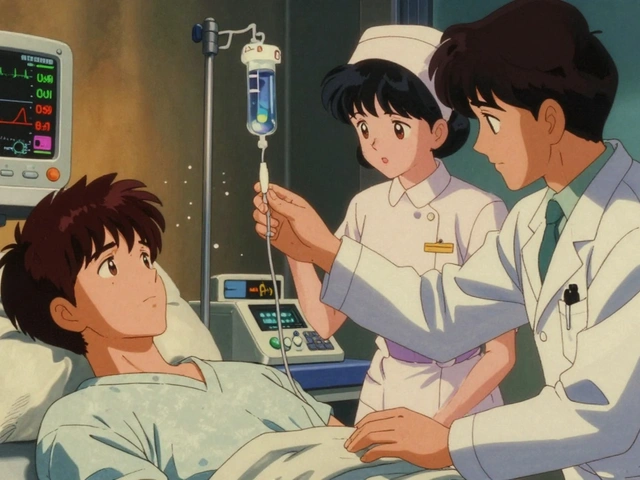

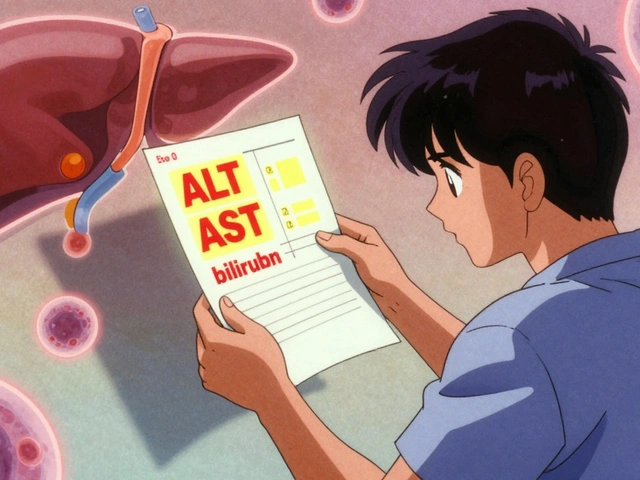
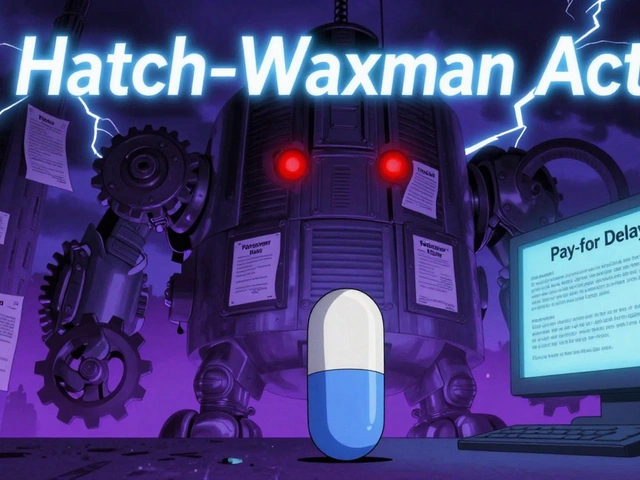
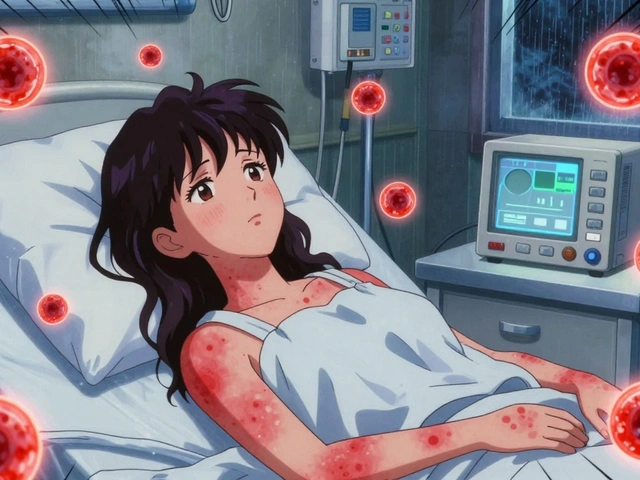
9 Comments
Betoptic was my first drop and honestly? It felt like a godsend because I have mild asthma. No wheezing, no panic attacks after instilling it. But yeah, my pressure didn’t drop enough after 6 weeks. Switched to latanoprost and now my lashes are wild-like I’m auditioning for a mascara commercial. Worth it.
Look, I’ve been on timolol for 12 years and I’m fine, so why are we pretending Betoptic is some kind of miracle? It’s weaker, it’s pricier, and honestly if your doctor is pushing it because they’re scared of side effects instead of just managing them, you’re being coddled. I’ve had my heart rate drop to 48 and I still go hiking. People these days act like eye drops are nuclear weapons.
It is noteworthy that the pharmacological profile of betaxolol, as a cardioselective beta-adrenergic blocker, affords a distinct advantage in patients with concomitant respiratory comorbidities. However, the comparative efficacy data suggest that prostaglandin analogues, particularly latanoprost, demonstrate superior intraocular pressure reduction across multiple randomized controlled trials. The trade-off between systemic safety and therapeutic potency remains a central consideration in clinical decision-making.
I switched from Betoptic to Xalatan and my eyelashes went from ‘meh’ to ‘I think I’m a mermaid’-and I’m not mad. I used to cry every time I put the drops in because my eyes felt like sandpaper. Now? I barely notice them. But here’s the thing-I didn’t just switch meds, I switched my whole mindset. Glaucoma isn’t a punishment, it’s a reminder to slow down, pay attention, and treat your body like the miracle it is. I started meditating. I drink more water. I don’t stare at screens for 12 hours straight. The drop is just one part of the story. The rest? That’s up to you.
Man, I used to be the guy who’d take three different eye drops and still complain about the bitter taste-until I realized I was treating my eyes like a grocery list instead of a temple. Betoptic? Fine. Timolol? Works like a charm. But the real game-changer? Combigan. One bottle, two drugs, no more juggling five droppers while my cat tries to lick the bottle. And yeah, my eyes get red sometimes-but I’d rather have red eyes than blind ones. Also, if you’re scared of prostaglandins because your eyelashes are getting too long? Buddy, that’s not a side effect-that’s a free eyelash lift. Embrace the glow-up.
Just wanted to say-don’t panic if your pressure doesn’t drop right away. Betoptic takes time. I waited 6 weeks. My doc said, ‘Wait till the 8-week mark.’ I did. And boom-pressure dropped 18%. Also, the bitter taste? Swish with water after. Don’t swallow. And if you’re tired? Maybe you’re dehydrated. Or maybe you’re just old. Either way, don’t quit. Talk to your doc. And please, for the love of all that’s holy, don’t Google ‘glaucoma natural cures’ at 2 a.m. You’ll end up trying to cure it with essential oils and a crystal grid.
betoptic is just a placebo the pharma giants made so you keep buying drops and they get rich. real glaucoma cure is sunlight and eyeball yoga. they dont want you to know. also timolol causes brain fog so they switched us to betoptic so we stay dumber longer. my neighbor says the government uses the drops to track us. i think hes right. i saw a drone outside my window after i used my last bottle.
So you’re telling me someone actually chose Betoptic over timolol… because they were ‘concerned’ about side effects? Cute. I’ve seen patients on Betoptic with pressure at 28. They think they’re being ‘gentle’ with their eyes. Meanwhile, their optic nerve is screaming. If you’re not maximizing pressure control, you’re not treating glaucoma-you’re just delaying the inevitable. And yes, I’ve seen the ‘darkened lashes’ crowd. You look like you’re in a goth band. Not a medical condition. A fashion statement.
To the person who said they switched to latanoprost and their lashes grew like they’re in a shampoo ad-I feel you. I did the same. I used to hate it. Then I realized: I’m alive. I can still see my grandkids. My lashes? They’re just a side effect of staying sighted. And to the one worried about fatigue-me too. I nap after drops. I don’t feel guilty. My body’s doing hard work. And if your doctor pushes you to switch, ask why. But don’t let fear stop you from protecting your vision. You’re not weak for needing help. You’re smart for asking.